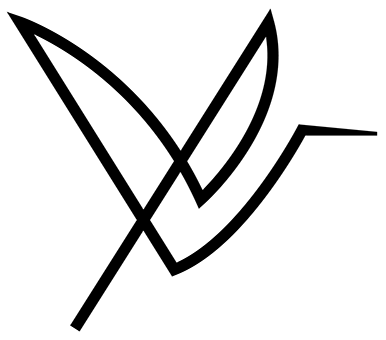What is Sanger method?
What is Sanger method?
Sanger sequencing, also known as the “chain termination method”, is a method for determining the nucleotide sequence of DNA. The method was developed by two time Nobel Laureate Frederick Sanger and his colleagues in 1977, hence the name the Sanger Sequence. To review the general structure of DNA, please see Figure 2.
How do you explain Sanger sequencing?
Sanger sequencing involves making many copies of a target DNA region. Its ingredients are similar to those needed for DNA replication in an organism, or for polymerase chain reaction (PCR), which copies DNA in vitro. They include: A DNA polymerase enzyme.
What is the purpose of the Sanger method?
We identify the chain terminating nucleotide by a specific fluorescent dye, 4 specific colors to be exact. Sanger sequencing results in the formation of extension products of various lengths terminated with dideoxynucleotides at the 3′ end. The extension products are then separated by Capillary Electrophoresis or CE.
What is DNA sequencing method?
DNA Sequencing is the method that determines the order of the four nucleotides bases (adenine, thymine, cytosine, and guanine) that make up the DNA molecule and convey important genetic information. The based-paired structure makes DNA sequence well suited to the storage of a vast amount of genetic information.
What is needed for Sanger sequencing?
Sanger sequencing requires a DNA template, a sequencing primer, a thermostable DNA polymerase, nucleotides (dNTPs), dideoxynucleotides (ddNTPs), and buffer. Thermal cycling in the sequencing reactions amplifies extension products that are terminated by one of the four ddNTPs.
Is Sanger sequencing still used?
Sanger sequencing is still widely used for small-scale experiments and for “finishing” regions that can’t be easily sequenced by next-gen platforms (e.g. highly repetitive DNA), but most people see next-gen as the future of genomics.
What do you need for Sanger sequencing?
What is the goal of DNA sequencing?
DNA sequencing is a laboratory technique used to determine the exact sequence of bases (A, C, G, and T) in a DNA molecule. The DNA base sequence carries the information a cell needs to assemble protein and RNA molecules. DNA sequence information is important to scientists investigating the functions of genes.
How many primers are needed for Sanger sequencing?
Sanger sequencing differs from PCR in that only a single primer is used in the reaction. Typically, for a given PCR fragment, two Sanger sequencing reactions are set up, one for sequencing the forward strand, the other one for sequencing the reverse strand.
What is better than Sanger sequencing?
While the Sanger method only sequences a single DNA fragment at a time, NGS is massively parallel, sequencing millions of fragments simultaneously per run. NGS also offers greater discovery power to detect novel or rare variants with deep sequencing.
When did Frederick Sanger invent the Sanger method?
What Is Sanger Sequencing? Sanger sequencing, also known as the “chain termination method,” was developed by the English biochemist Frederick Sanger and his colleagues in 1977. This method is designed for determining the sequence of nucleotide bases in a piece of DNA (commonly less than 1,000 bp in length).
How is the Sanger method used in DNA sequencing?
Sanger sequencing, also known as the “chain termination method”, is a method for determining the nucleotide sequence of DNA. The method was developed by two time Nobel Laureate Frederick Sanger and his colleagues in 1977, hence the name the Sanger Sequence. To review the general structure of DNA, please see Figure 2.
What are the steps in the Sanger workflow?
The Sanger sequencing workflow involves amplifying the sequence by PCR and performing the sequencing reaction, capillary electrophoresis, and data analysis (Figure 2). (Note that there is a clean-up step following PCR and sequencing.) Figure 2.
How are oligonucleotides run in a Sanger machine?
In manual Sanger sequencing, the oligonucleotides from each of the four PCR reactions are run in four separate lanes of a gel. This allows the user to know which oligonucleotides correspond to each ddNTP. In automated Sanger sequencing, all oligonucleotides are run in a single capillary gel electrophoresis within the sequencing machine. 3.
What is Sanger method? Sanger sequencing, also known as the “chain termination method”, is a method for determining the nucleotide sequence of DNA. The method was developed by two time Nobel Laureate Frederick Sanger and his colleagues in 1977, hence the name the Sanger Sequence. To review the general structure of DNA, please see Figure…
